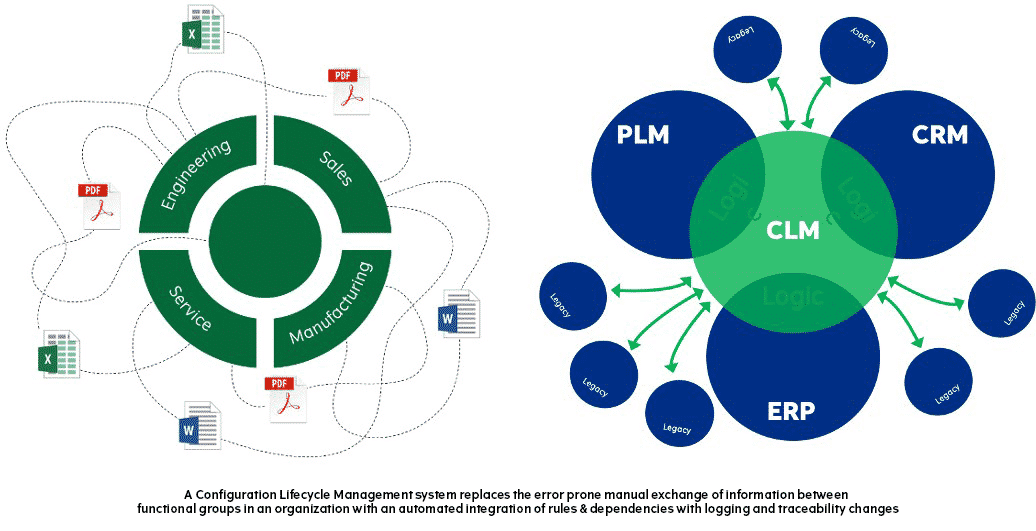Picture this scenario.
Your company’s sales team is in the field. They are visiting a potential customer. All the important figures are there, sitting around the conference room table. Your sales lead is on their laptop, sharing the screen to the main projector. Running, is the lightweight CAD viewer and composer software installed by your company’s IT department.
The sales lead never got any training on it, but the software is easy to use thanks to the building blocks created by Engineering. The sales team is listening to the customer, dragging and dropping bits and bobbles, panning and zooming around the screen, and fully impressing the customer with how your company can create a customized solution to fit their exact needs, all in real time.
The customers are all sitting on the edges of their seats, captivated by how smoothly this experience has been. The conversation ends, and on the screen is a fully rendered solution. Everyone shakes hands and the sales lead presses send. The custom configuration is uploaded to the corporate servers. Now the real fun begins.
In a best-case scenario, the Engineering Manager reviews the work done by the sales team. In a worst-case scenario, that configuration is automatically entered straight into ERP and work orders are being expedited to meet this unrealistic deadline set by the sales team. Either way, expletives are flying around the office.
- “Who approved this configuration?”
- “We can’t build this.”
- “This will never work!”
- “They promised it by when?”
